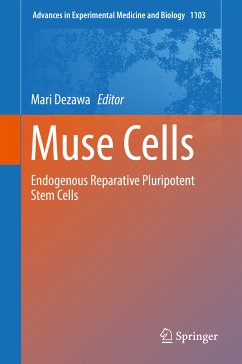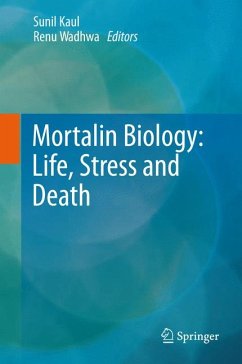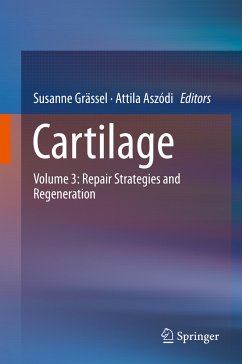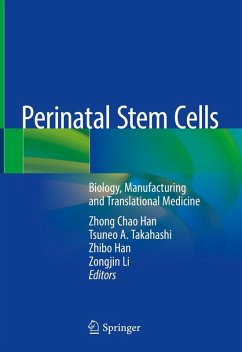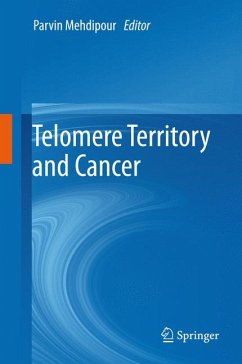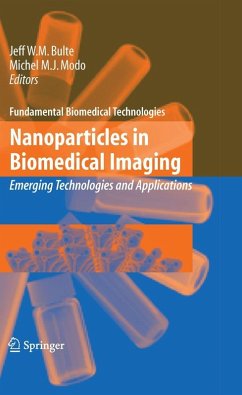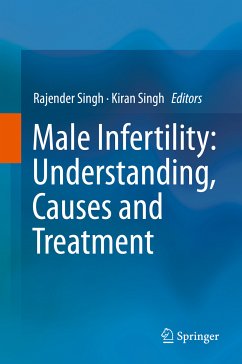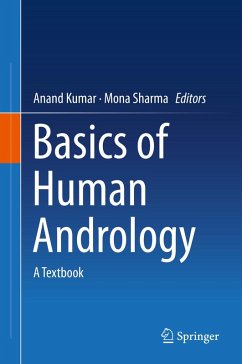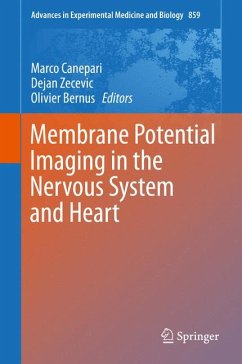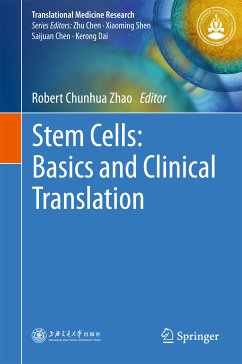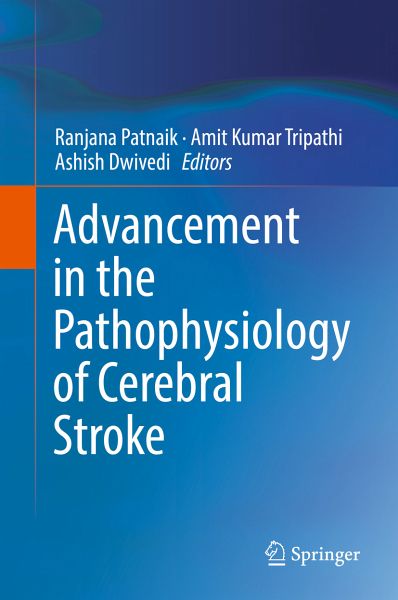
Advancement in the Pathophysiology of Cerebral Stroke (eBook, PDF)
Versandkostenfrei!
Sofort per Download lieferbar
72,95 €
inkl. MwSt.
Weitere Ausgaben:

PAYBACK Punkte
36 °P sammeln!
This book provides detailed and comprehensive mechanistic insights of the various risk factors that lead to the ischemic stroke and the novel therapeutic interventions against it. The first section discusses the different ischemic cerebral stroke-induced inflammatory pathways and dysfunctionality of blood-brain barrier. The later sections of the book deals with the role of endoplasmic reticulum stress and mitophagy in cerebral stroke and introduces the different neuroimaging techniques such as Computed tomography (CT), Magnetic resonance imaging (MRI), Positron emission tomography (PET) and Si...
This book provides detailed and comprehensive mechanistic insights of the various risk factors that lead to the ischemic stroke and the novel therapeutic interventions against it. The first section discusses the different ischemic cerebral stroke-induced inflammatory pathways and dysfunctionality of blood-brain barrier. The later sections of the book deals with the role of endoplasmic reticulum stress and mitophagy in cerebral stroke and introduces the different neuroimaging techniques such as Computed tomography (CT), Magnetic resonance imaging (MRI), Positron emission tomography (PET) and Single-Photon emission computed tomography (SPECT) that are used to identify the arterial blockages. The final section comprises of chapters that focus on various neuroprotective strategies and emerging therapeutic interventions for combating stroke pathophysiology. The chapters cover the role of stem cell therapy, the therapeutic effect of low-frequency electromagnetic radiations (LF-EMR), and implications of non-coding RNAs such as micro-RNAs as the biomarkers for diagnosis, prognosis, and therapy in ischemic stroke.
Dieser Download kann aus rechtlichen Gründen nur mit Rechnungsadresse in A, B, BG, CY, CZ, D, DK, EW, E, FIN, F, GR, HR, H, IRL, I, LT, L, LR, M, NL, PL, P, R, S, SLO, SK ausgeliefert werden.



